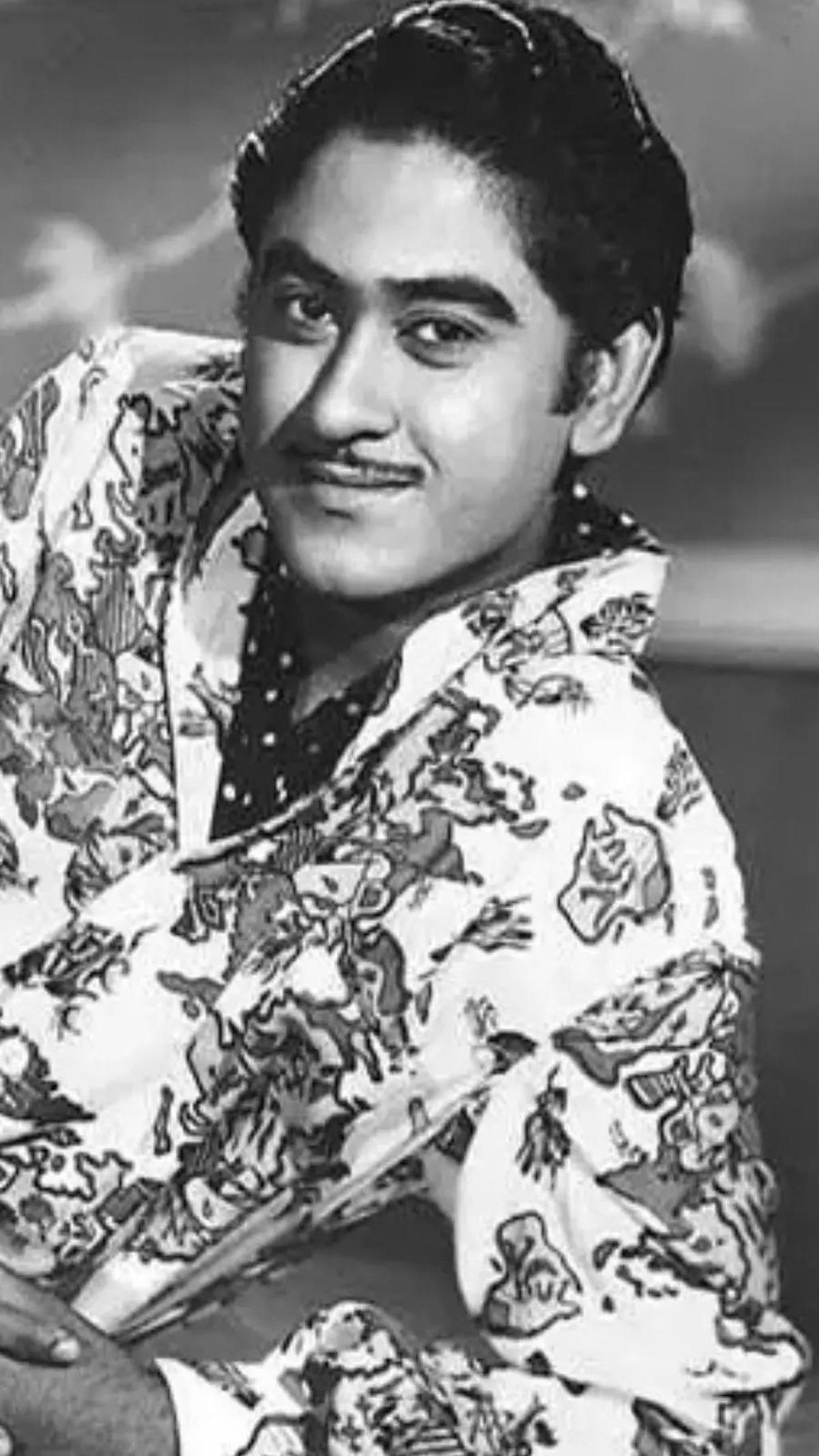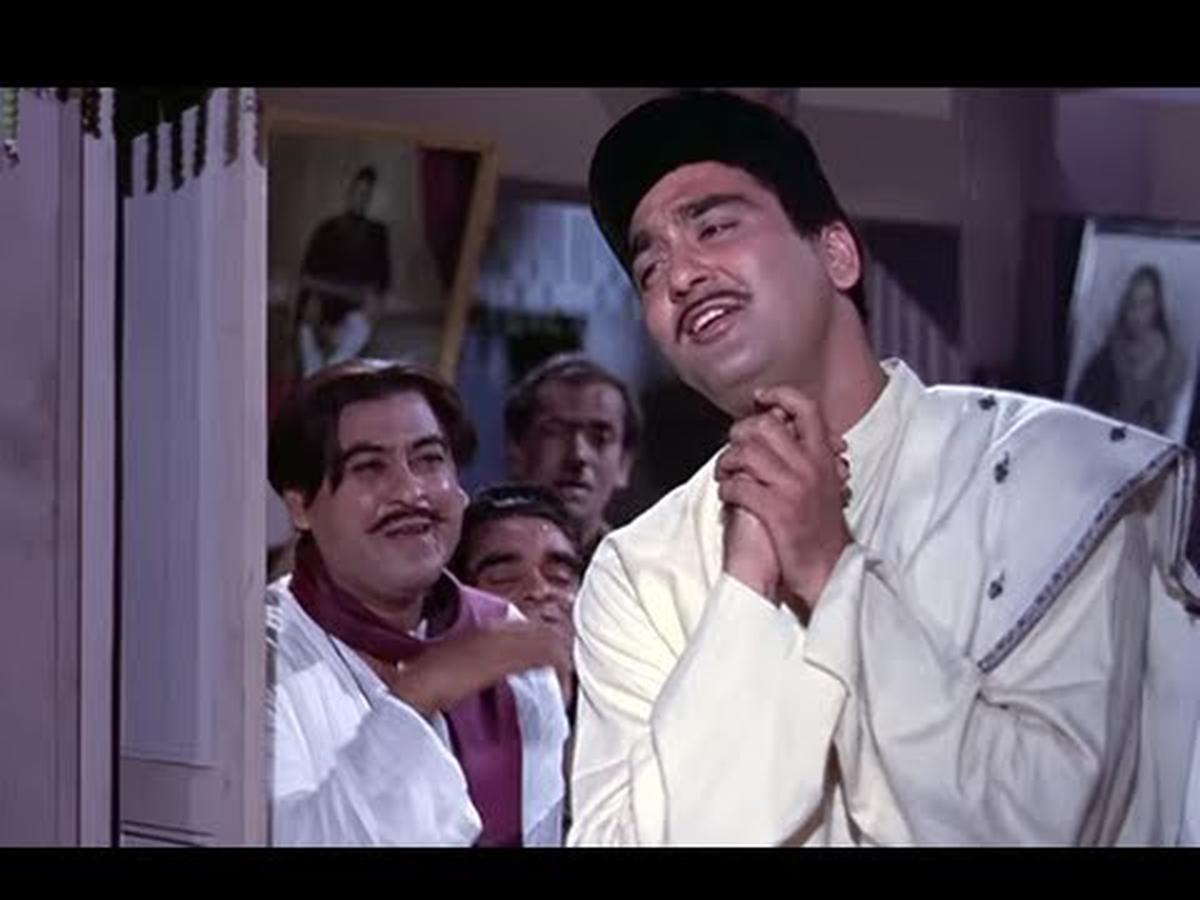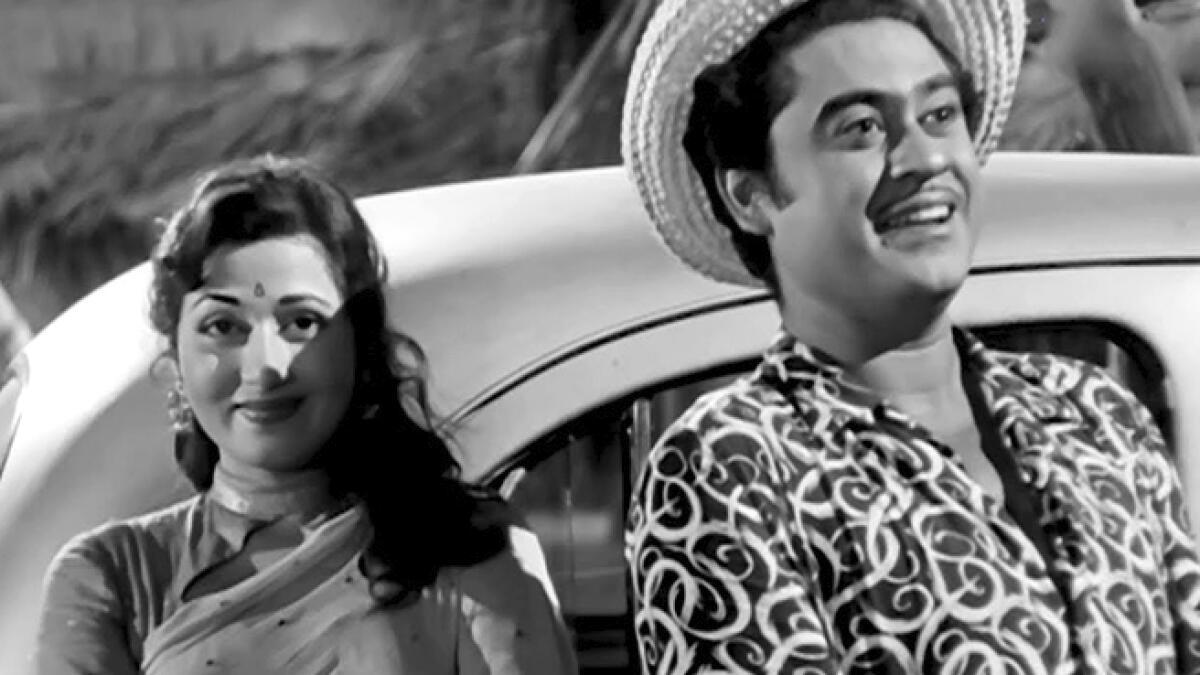Kishore Kumar: The Ultimate Biography takes readers through the highs and lows of the singer’s life
Kishore Kumar: The Ultimate Biography takes readers through the highs and lows of the singer’s life
The enigmatic singer was an amazing pack of multiple identities, ever changing with time. Instinctive and spontaneous, he expressed himself in parts but the sum of parts never revealed his true identity. The defining aspect of his identity – the songs – oscillate between deceptive complexity and actual simplicity, creating curiosity of discovering him and his ways. Kishore Kumar: The Ultimate Biography (HarperCollins) is an ambitious undertaking at discovering Kishore the person, whose appetite for excellence made him a genius; Kishore the voice, that delivered emotional authenticity of human feelings; and, Kishore the icon, who personified musical veneration. It is a tribute to a singer who has continued to have a hold on the airwaves ever since.
It has been 35 years since his passing, but Kishore’s voice remains endearing to the listeners. He was an unschooled genius, who could not read music notes but his fans included classical maestros such as Bhimsen Joshi and Kumar Gandharva. To the extent that classical vocalist Kanika Bandyopadhayay had once remarked: “Just to listen to these songs is a motivation to live longer”.
Kishore’s rendition of choral-backed raag Yaman composition ‘Woh sham kuch ajeeb thee’ ( Khamoshi, 1969), and raag Charukeshi-based ‘Jeevan se bhari teri ankhen’ ( Safar, 1970) stand testimony to the ease with which he negotiated classical compositions to sublime perfection. No wonder, the book documents his life as per the time-based rule of Hindustani raags, beginning with the morning raag Bhairav and concluding with the night raag Kedar.

The accidental singer
Born with an abnormally hoarse voice that produced a coughing sound, Kishore would not have become a singer had his right toe not got accidentally severed by a kitchen knife back in 1934. In the absence of strong antibiotics, he had cried incessantly for some seventeen or eighteen hours a day for a few weeks that gave way to a clear, distinctive high-quality phonation. At the cost of his school studies, the destiny’s child carefully nurtured trait of effortless singing. Kishore never allowed the child in him to die, liberally using nonsensical words, scatting and yodelling as part of the song. The classic comedy ( Padosan,1968) came handy for Kishore to impromptu create the song ‘Mere bhole balam’, and insert innovations like ‘Oye tedhe, Seedhe ho jaa re’ during the final recording of ‘Ek chatur naar’, that R.D. Burman accepted without any hesitation. With his voice so versatile, he could generate entire spectrum of emotions with utmost ease. If his carefree, yoddling number ‘Zindagi ek safar hai suhana’ ( Andaz, 1971) could make life worthy of more, the sombre ‘Zindagi ka safar’ ( Safar, 1970) can move the listener to tears.

With Sunil Dutt in ‘Padosan’
| Photo Credit: Special Arrangement
There are hundreds of stories about the inimitable singer, about his genius, about his parsimony, about his eccentricity, and about his run down with his directors which are meaningfully curated to give the narrative a credence of an ultimate biography. However, one wonders if serious Kishore Kumar aficionado will ever have enough on the maverick singer. Kishore not only sang his way into the hearts of people, he did so while proposing to Leena Chandavarkar over phone singing ‘Mere dil me aaj kya hai’ ( Daag, 1973).

With Madhubala in ‘Chalti ka naam gaadi’
| Photo Credit: Special Arrangement
Kishore was born to sing. Little realising that his words would prove to be prophetic, he had once nonchalantly responded to the reprimand of his teacher for playing tabla on the desk saying: ‘sir, this will be my career one day’. Kishore persisted with his devil-may-care attitude throughout life, which helped him sail through ups and down.
His long-standing friend Pritish Nandy, journalist and filmmaker, defined him in three words: Madcap. Mystic. Magician. At the other end, authors Anirudh Bhattacharjee and Parthiv Dhar count him as the last ‘great natural’ in Indian cinema.
The writer is an independent researcher and academic.
Stay connected with us on social media platform for instant update click here to join our Twitter, & Facebook
We are now on Telegram. Click here to join our channel (@TechiUpdate) and stay updated with the latest Technology headlines.
For all the latest Entertainment News Click Here
For the latest news and updates, follow us on Google News.
